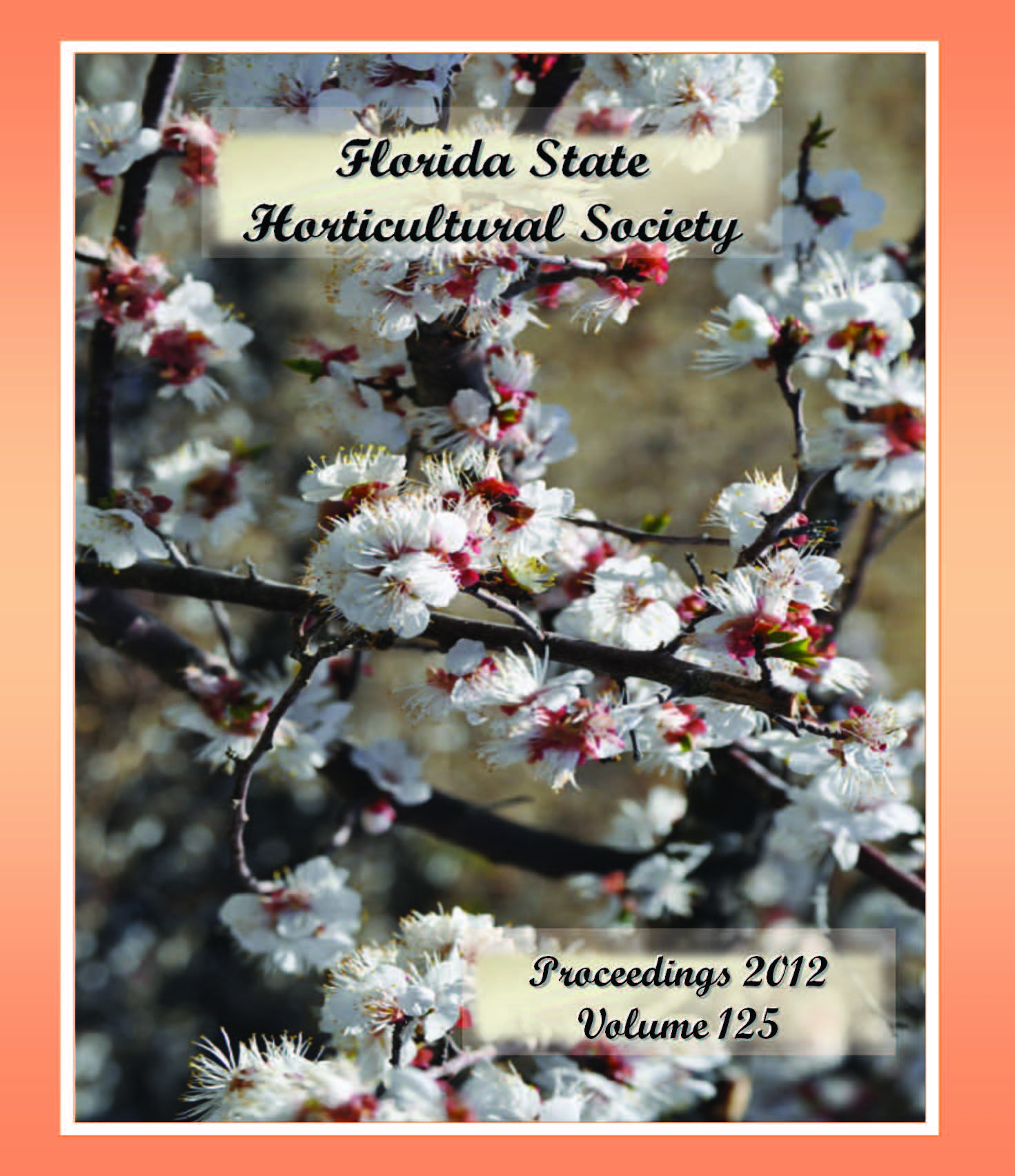Comparative Effects of Postharvest Fungicides for Diplodia Stem-end Rot Control of Florida Citrus
Published 2012-12-01
Keywords
- Diplodia natalensis,
- postharvest decays,
- postharvest diseases,
- postharvest handling,
- thiabendazole
- imazalil,
- azoxystrobin,
- fludioxonil,
- pyrimethanil ...More
Abstract
Diplodia stem-end rot caused by Diplodia natalensisis one of the most important citrus postharvest diseases in Florida. Fungicide application is an important measure to effectively control Diplodia stem-end rot. In this study the activities of new postharvest fungicides azoxystrobin (AZY), fludioxonil (FLU), and pyrimethanil (PYR) for Diplodia stem-end rot control were evaluated and compared both in vitro and in vivo to those of existing fungicides imazalil (IMZ) and thiabendazole (TBZ). All fungicides inhibited the mycelial growth of the fungus on potato dextrose agar (PDA), and varied in their activities. The EC50 of FLU, TBZ, IMZ, PYR, and AZY against the fungal mycelial growth was estimated at 0.011, 0.148, 0.787, 3.052, and 26.371 ppm, respectively. The decay control efficacy tests of the fungicides were conducted on ‘Fallglo’ tangerine hybrids and ‘Pineapple’ oranges using dipping, drenching, and packing line spraying application methods. At three weeks of fruit storage at 21 °C after fruit treatments with aqueous fungicides at 1,000 ppm in three separate tests, TBZ, IMZ, and FLU reduced the decay by 73.5% to 96.7%, more effectively than PYR and AZY, which reduced the disease by 17.4% to 67.0%. TBZ performed better than or similarly to IMZ and FLU. PYR performed similarly to AZY. Overall studies indicate that TBZ, IMZ, and FLU, but not AZY and PYR, are effective for Diplodia stem-end control on Florida citrus.

